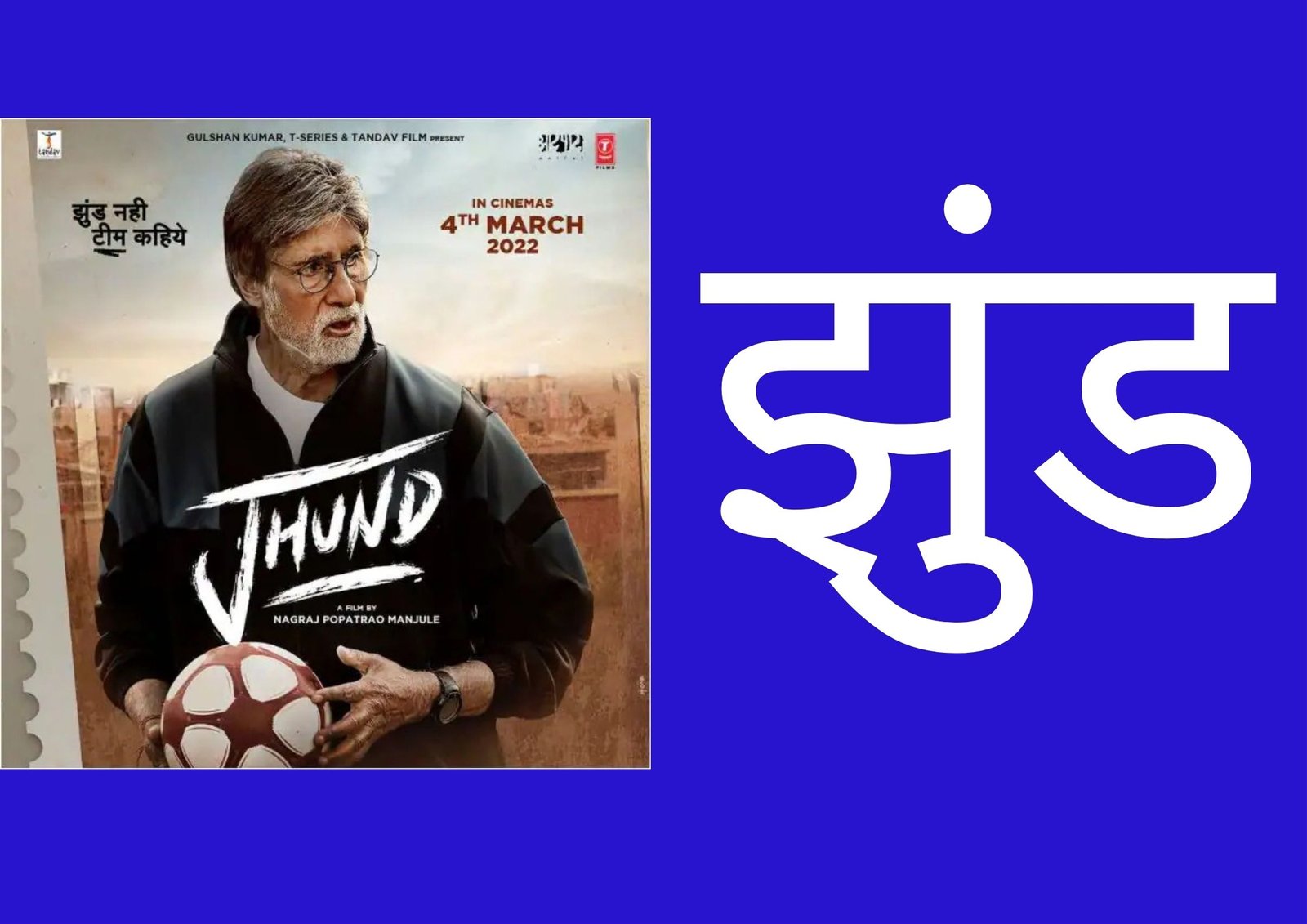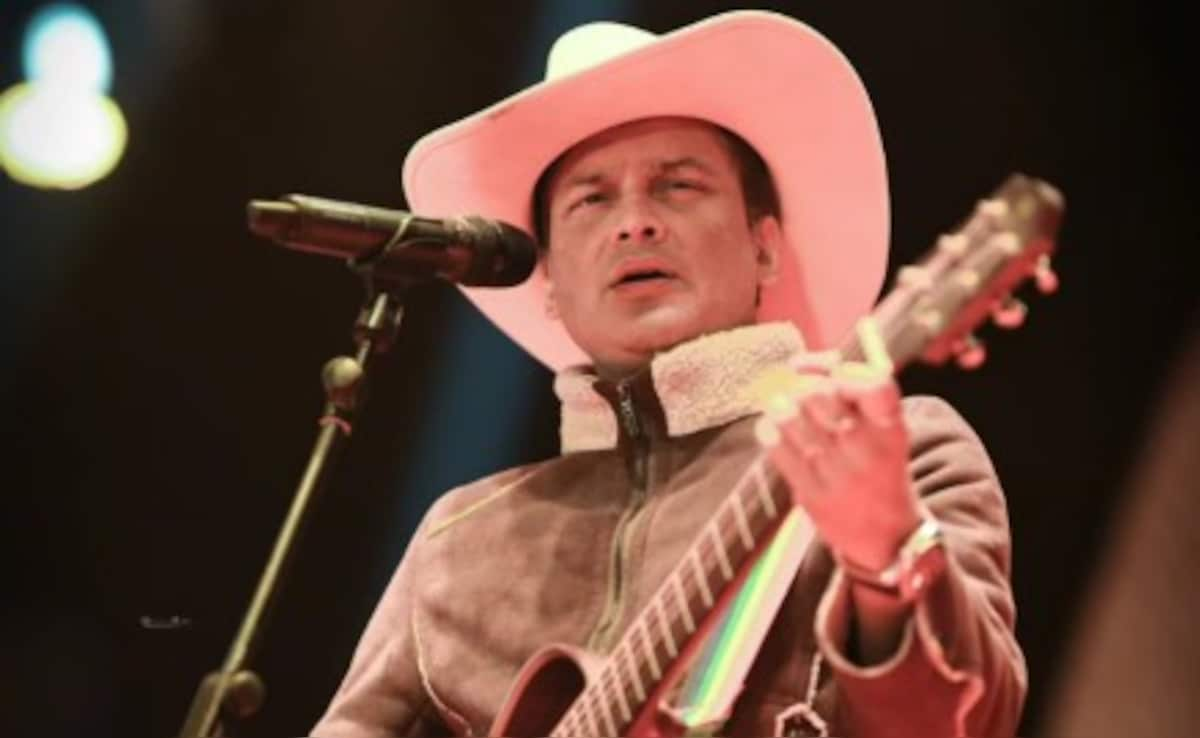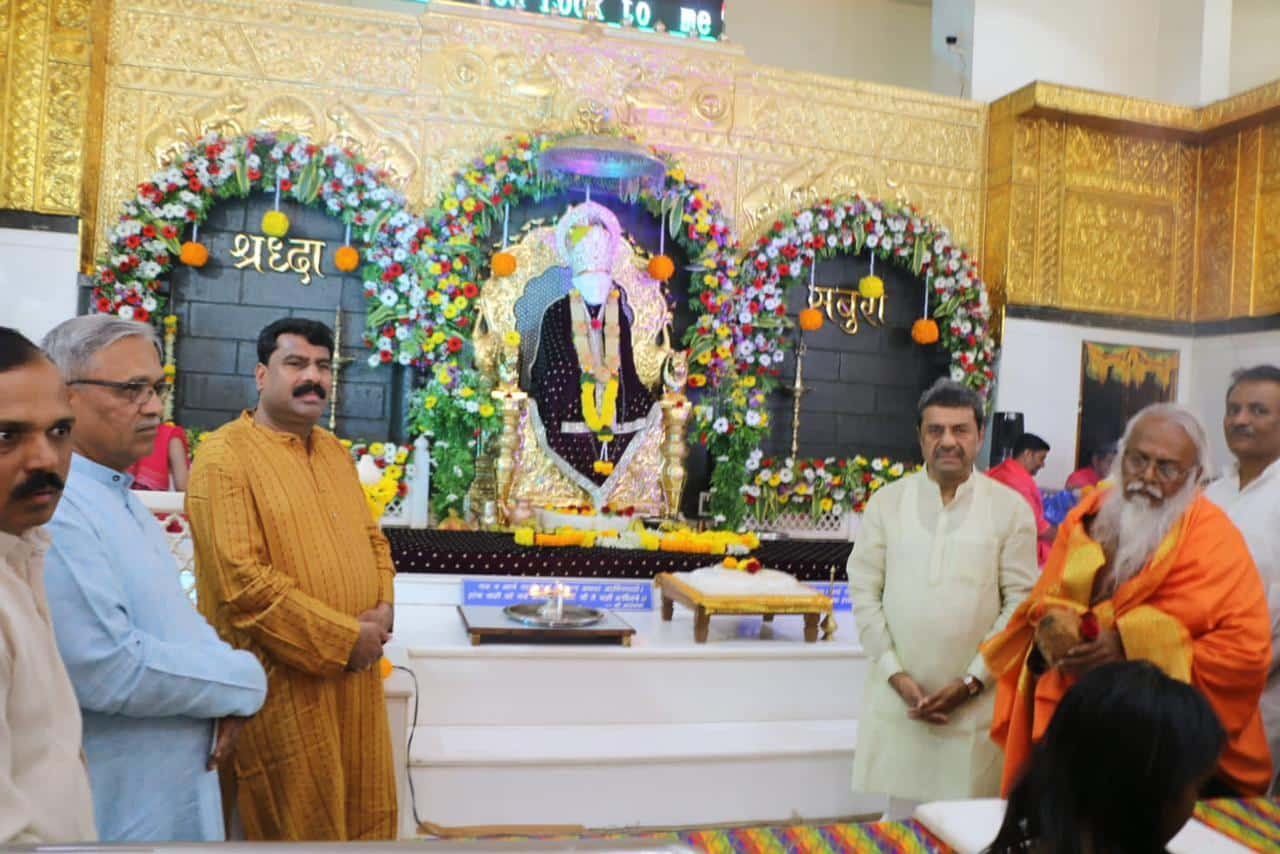Jhund movie review Though Jhund has grand ambitions and good intentions, it fails to click as a cohesive, gripping whole.
Perhaps Jhund does not excel in these areas due to the distraction of a Bachchan-struck Nagraj Manjule’s cutesyfying of poor Dalits for a Bollywood palate.
A Bachchan-struck Nagraj Manjule cutesyfies poor Dalits for a Bollywood palate.
Amitabh Bachchan starred in a Hindi film with Taapsee Pannu, Kirti Kulhari, and Andrea Tariang that revealed his concern for sexual harassment.
In contrast to most Indian commercial cinema about violence against women, Bachchan played an ally, not the central figure.
A Bachchan-struck Nagraj Manjule cutesyfies poor Dalits for a Bollywood palate. Jhund (Herd) marketing revolves around Bachchan: preview showing youngsters drumming up storm on everyday items becomes percussion instruments, heralds arrival of Bachchan in frame; poster showing giant image of star but in background are few other characters; trailer flashing words “starring the legendary Amitabh Bachchan.” Unlike Pink, promotional material is not-entire
Director Nagraj Popatrao Manjule’s Jhund uses poor Dalits in a cutesy fashion to cater to a Bollywood palate. Though this risky approach is laudable, their portrayal as frail dwarves is not disappointing. With more engaging scenes with their ragtag team of sportspersons, the film may have achieved better results.
The overt ‘Bachchanness’ is striking because Nagraj Manjule has always made films that focus on the concerns of Dalits, until Jhund. His debut film, Fandry gives a detailed portrayal of Rikitikatta from the outskirts of society. With Sairat [Breach], he says they are just looking for happiness within their limited options, and Sairat demonstrates both Manjul’s skill at representing this community and the obstacles to the girl’s
The movie speaks of a Professor (Bachchan) who is on the advisory board. His caste determines the living conditions of the community’s juniors and seniors. He tries to change by teaching them disciplines that will benefit them in the present and future.
“Jhund chronicles his efforts to win them over, the change in their priorities wrought by this new interest, and the lengths to which he goes to facilitate their exit from a marginalised existence.”
Great cinema is reflected in inspiring individuals and a disappointing choice for Vijay Barse’s Hindi feature debut. The article acknowledges that it is not this review’s contention that he is undeserving of a biopic, but it does point out that contemporary Hindi cinema does not often showcase characters from the Dalit caste. Moreover, scripts with major Dalit characters seldom get funding, which makes his choice unsurprising.
There should be the possibility of complex characters, making their individuality and nuances identifiable. Shimit Amin understood this when developing the female members of the hockey team in Chak De! India with Shah Rukh Khan’s character in mind.
Jhund movie review
It provides well-rounded characterization for the unemployed Dalit recruits. It is critiqued for its lack of context and formulating Dalit identity in a simplistic and marketable package.
The characters from Dalit slums, from a recent Hindi film titled Jhund, stand in stark contrast to the depth of Manjule’s Marathi films. The author blames this on Manjule’s choice to cutesyfy for Bollywood.
A Bachchan-struck Nagraj Manjule cutesyfies poor Dalits for a Bollywood palate.
Jhund’s 178 minutes running time is further bogged down by the insertion of Ajay-Atul’s songs that are nowhere close to the mesmeric soundtrack the duo created for Sairat. There is even a weak attempt to replicate Zingaat energy with Lafda Zala – the composition and picturization – in Jhund.
Nagraj Manjule displays a troubling understanding of intersectionalities when he treats even the male slum-dwellers discomfiting attitude to women – their female teammate, who becomes the butt of a joke about shirtlessness, and the glamorous rich woman who Ankur falls for – as cute, and a comic element in his script.
Nagraj Manjule falls into the trap of overdramatizing Dalit struggle in a Bollywood narrative, which watered down what could have been a powerful message.jhund movie review in Marathi
Indian Cinema has largely ignored caste in the past and few films such as Masaan, Article 15, and Pareeksha make Dalits a focal point. Jhund manages to cover these things while being cohesive and gripping.
Valentine’s day 2022 I how Is it celebrated in india
In a film that understands the complexity of caste and intersectionality, it is clear that Geeli Pucchi from last year’s Hindi anthology Ajeeb Daastaans best illustrates the intelligence, heart, and soul that Nagraj seems to lack.






